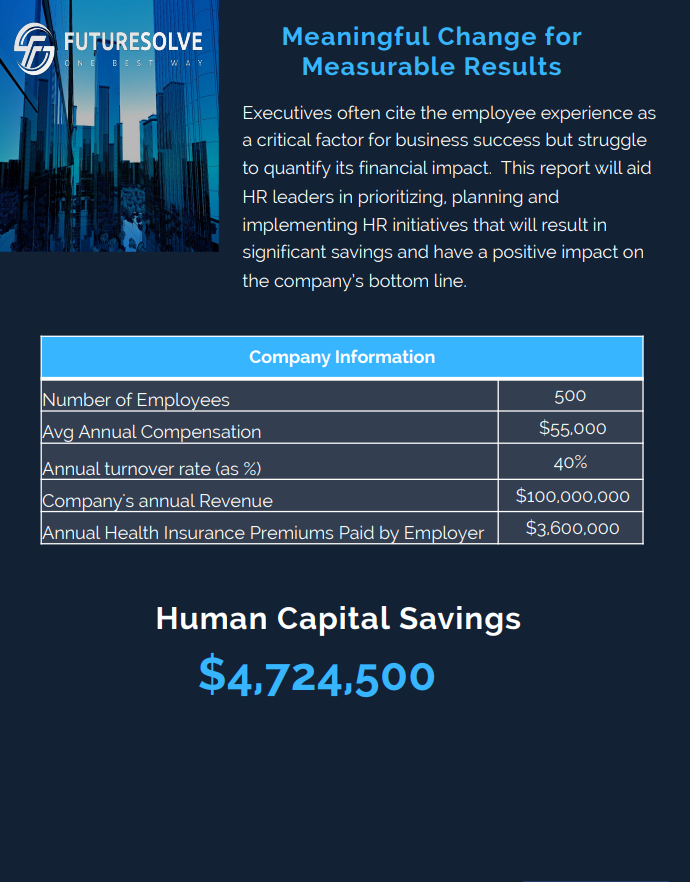The global pandemic has indeed transformed both our professional as well as personal lives. As far as the modern world of work is concerned, people have started questioning their careers, priorities, and values. One instant outcome of the increased concern was the surge of the Great Resignation trend amongst global businesses. The Great Resignation workplace trend made employers realize that they should adapt to the ever-changing needs of the employees in order to retain them.
Nowadays, there is a new buzzword “Quiet Quitting” that is gaining immense impetus amongst modern workspaces. The recent workplace phenomenon is expected to spell additional troubles for modern businesses. Let us understand all about it in detail!
What is Quiet Quitting?
Quiet quitting is the process in which someone is not actively making plans to leave the employment but is not as engaged as one used to be. This might be in the form of an employee who continues doing ‘bare minimum’ at the workplace. The employee can also go forth with completing the assigned tasks but not having the desire to go beyond that. This tendency can turn out to be problematic at both individual as well as business levels.
For an individual, the theory of quiet quitting could be out of dissatisfaction or disengagement with the respective work. Due to the fact that we tend to spend a majority of our time at the workplace, it is crucial that our jobs should make us feel fulfilled. For employers or businesses, the constant low engagement from employees can deliver a wide range of negative impacts like reduced profitability, higher employee turnover, and reduced productivity.
Top A.I Engagement Bot
What is the Importance of Understanding Quiet Quitting for Businesses?
#Quiet Quitting is in Collaboration with Low Engagement
The phenomenon of being ‘engaged’ in the workplace implies a combination of crucial factors -right from feeling enthusiastic about the job to finding the work rewarding and meaningful, to being invested in the overall success of your company. For individuals who are quiet quitters, some of the core elements of job satisfaction might be missing.
The description of a quiet quitter aligns with the one who is not engaged with work or the workplace conditions. Engaged teams tend to be around 23 percent more profitable as well as 18 percent more productive. Moreover, teams having low engagement feature higher employee turnover rates. It is a major problem as it is both time-consuming and expensive to hire as well as train new employees.
#Sign of Employee Burnout
Employee burnout is a state of major mental and physical exhaustion. It could be due to long-term stress in any workplace. Some of the common symptoms of employee burnout are overwhelm, persistent tiredness, and a feeling of defeat throughout.
There is no denying the fact that employees should not feel this way. However, only 23 percent of businesses have a dedicated plan in place to identify signs of a burnout or chronic stress. Therefore, it becomes worth investigating if the employees of your organization are revealing signs of lower engagement.
#Not Good for Employee Morale
It is imperative for people at work to be engaged while enjoying their work. When employees feature high morale, they tend to be more productive, innovative, and creative. They are also more invested in the organization. On the other hand, low employee morale can cause subpar output, frequent sick days, and decreasing productivity.
It can also be immensely contagious. Therefore, it spreads easily amongst other employees of the company.
#Great Learning Opportunity
The main problem with quiet quitting is that employees are ‘quiet.’ When the employee reaches a point wherein they quietly prefer fading from work, it is a major sign of dissatisfaction that should be looked into. What is the cause of the change? How can the overall employee experience be improved? Is there something that might affect the employees? As you take time to listen, it is possible to identify as well as address primary causes.
HR Marketplace Products
Tips for Businesses to Manage Quiet Quitting
#Listen to the Needs of Your Employees
The primary step to handle quiet quitting is by looking into the specific needs of your employees. You can ensure the same by regularly offering them the opportunity to provide relevant feedback about different aspects of the work and the entire organization. The insights that you will receive will help in understanding how you can enhance the employee experience.
As you take up the initiative to kickstart regular conversations with the employees, you can even prevent quiet quitting right in the track before it starts.
#Use Relevant Feedback to Improve Employee Experience
Once you have obtained relevant feedback from employees, you can make use of proper insights to actively better the overall employee experience. The possibilities can be endless. However, you can think of including common initiatives like enhancing the work environment by providing more opportunities for rapid development.
When you take proper action on receiving feedback from employees, you demonstrate that you value the employees while caring about their diverse needs.
#Provide Development Opportunities to Employees
Employees should not feel that they are getting overlooked at work or being stagnant throughout. It is crucial that your employees should feel they continue developing professionally in the given work environment.
In case this aspect is missing, it could lead to the development of feelings like resentment, an overall lack of engagement, and apathy. When you ask for proper feedback, it helps in identifying what employees are expecting and how you can deliver the same to help them achieve their goals.
#Promote a Sense of Well-being
With respect to quiet quitting, you should realize that it is imperative for you to prioritize the mental health and well-being of your employees. It involves exploration of ways to help employees feel safer, happier, and highly valued at work. One important area to focus on is facilitating effective work-life balance.
What are some early signs of quiet quitting?
One of the most common reasons for team members to start quiet quitting is that they might feel underpaid or overwhelmed with work. However, only because they are not staying late at the office or responding to emails during the weekend does not imply that they are not engaged or motivated at work. Some more signs of quiet quitting amongst employees are:
Disengagement
The workplace serves to be a social place, Isolated employees can be a sign of disengagement. Being difficult to reach, missing deadlines, not participating in meetings, and skipping all other activities, are common signs of disengagement in employees.
Cynicism
Employee cynicism can be regarded as the attitude depicting frustration, disillusionment, and hopelessness, along with distrust of business organizations and contempt towards the team or the entire workplace. Isolation
If someone is isolating himself or herself from the daily chores of the workplace, the individual might start feeling isolated and disoriented towards engaging in teamwork.
Conclusion
Quiet quitting might appear to be a short-term trend. However, it stems out of real challenges that employees face on a day-to-day basis. Therefore, as organizations, you should pay attention to it.





























